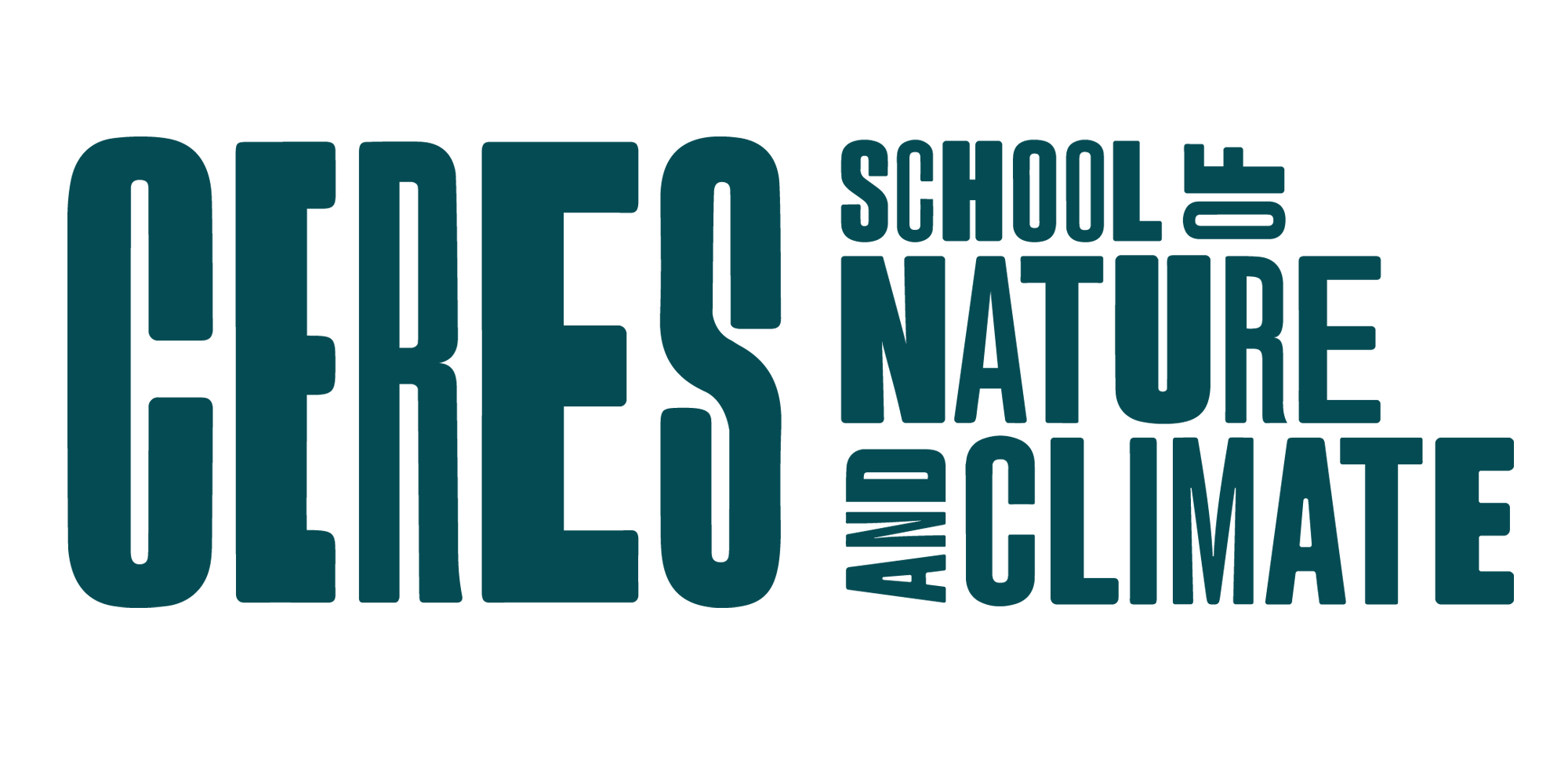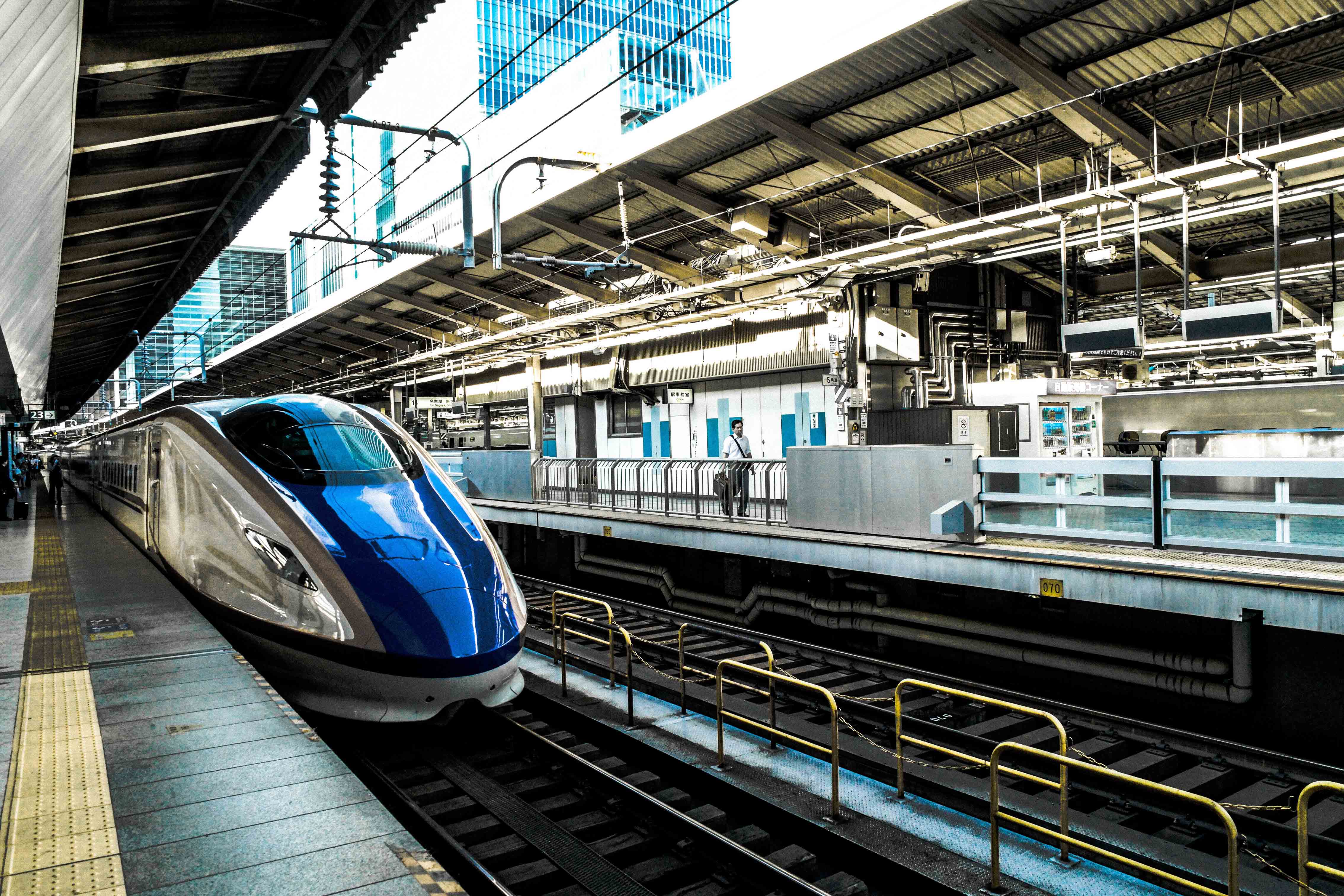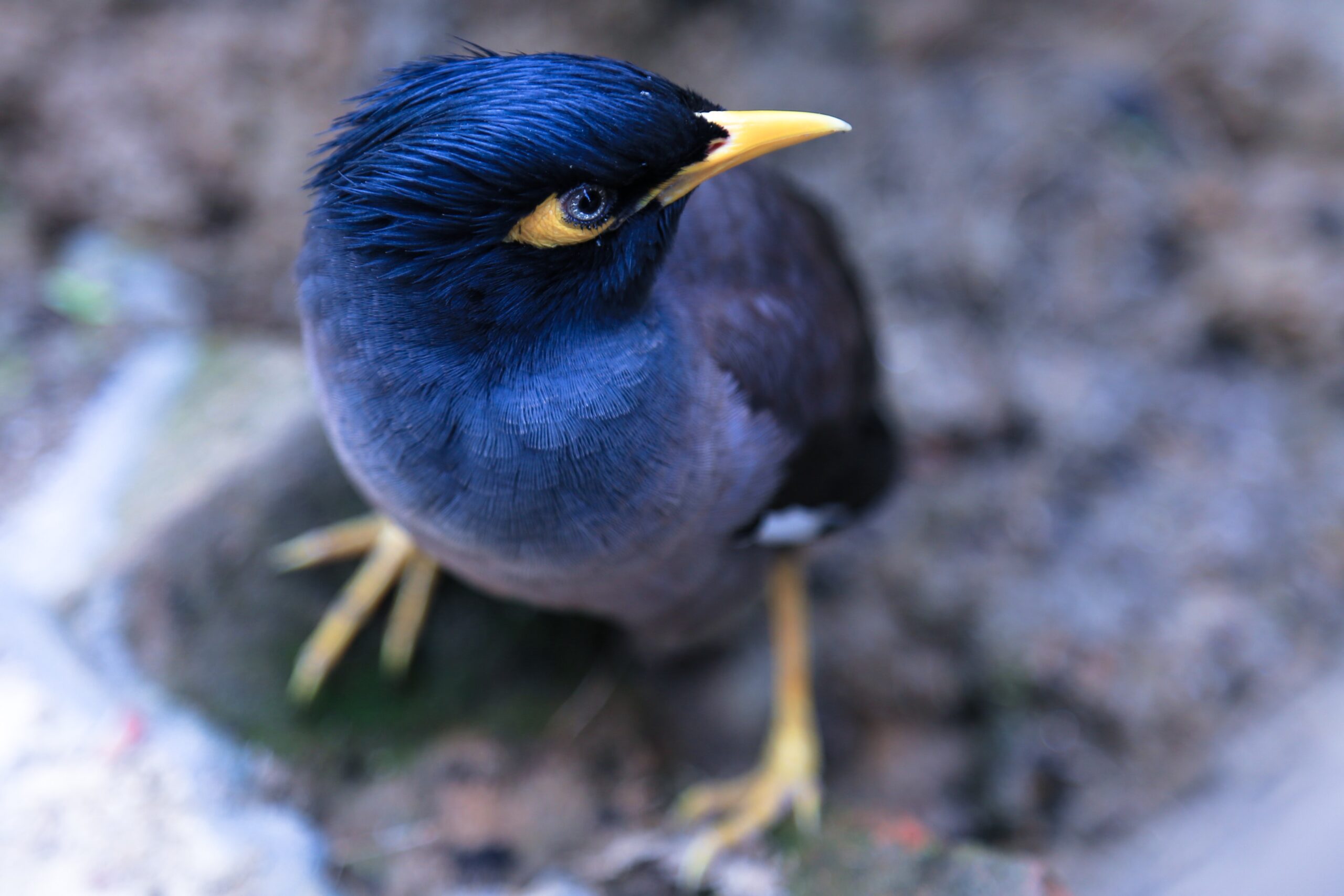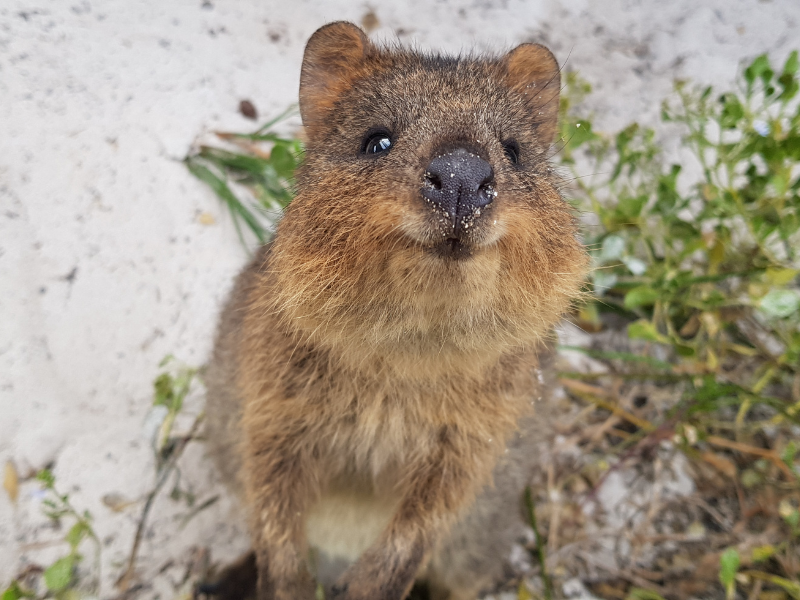Biomimicry Design Curriculum Activity
Suitable for Primary (Years 5-6)
Victorian Curriculum Links:
Science
5-6: (VCSSU074), (VCSSU073)
Design and Technologies
5-6: (VCDTCD034)
Activity Description
The Biomimicry Design activity introduces students to key design principles and strategies in nature. Students read four Biomimicry Case Studies to consider how different designs draw on nature’s systems and designs, to critically reflect on their application as a sustainable design solution. This activity can be extended to include a student research and design project where students address an issue, investigating and devising a sustainable design solution modelled on ecological principles.
Key Concepts
Biodiversity, Species Adaptation, Evolution, Climate Change, Energy Efficiency, Waste
Key Learning Intentions
1. Students will be able to describe key design principles and strategies of ecological systems
2. Students will be able to evaluate if a design is sustainably sound using ecological principles and strategies as their criteria
Suggestions for Assessment
Formative
1. Participation in the Biomimicry Design activity
2. Participation in the Discussion questions
Summative
Students investigate a sustainability issue and design a biomimicry solution informed by two or more key ecological principles and strategies. Students present their design to the class. Please visit asknature.org for a comprehensive list of design features in nature for some inspiration!
Instructions
1. Tuning in
Outside, have students reflect upon the design and function of flora and fauna in the natural world. Pass around a leaf and invite students to observe the network of veins. To find out more, here is a link to a short video and article featuring ecologist and educator Janine M Benyus who founded the Biomimicry Institute.
Tuning-in questions:
- What do you notice about this pattern? What purpose do the veins serve?
- Where else do we see this pattern in nature and why?
- How do these networks for transporting water compare to our own man-made systems to transport water around this school?
Introduce Biomimicry
Biomimicry is the mimicry of nature’s design features to solve complex human problems.
2. Biomimicry Mix and Match Activity>
Divide the activity cards amongst the students. One card per group. Explain to the students that they either have a product that was inspired by nature or an animal/plant that inspired the design of the product. They need to look closely at their card and read the back for clues, and then go find someone with the corresponding card that matches theirs.
3. Discussion
- What was the biomimicry design you had/were matched with, and what was its inspiration from nature?
- How might it contribute positively to our environment?
- How might it contribute positively to individual people and/or society?
- Do you think the design could be improved? How?
- What can this activity teach us about vegetable gardening?
4. Observations in our Environment
Invite students to explore the natural environment in the school for various design features or patterns. What purpose may these features serve?
Suggested ResourceSmart Schools Module Links
Undertaking the activity as described above links to the ResourceSmart Schools Biodiversity Module – actions B1.1, B1.2, B1.3, B1.4
Below is a list of extension activities that link to additional actions of the Biodiversity module:
- Conduct a flora and fauna survey within the school grounds, a local park, reserve or at CERES Environment Park and record the various design features and functions that you observe (ResourceSmart Schools Biodiversity Module – actions A1.1, A1.3, B1.1, B1.3)
- Students identify where biomimicry can provide a solution to a sustainable issue. Visit asknature.org for different ecological designs and strategies to draw upon in your research (ResourceSmart Schools Biodiversity Module – action B1.3)
- Students exhibit their sustainable design solutions and present to the whole school and local community (ResourceSmart Schools Biodiversity Module – actions B1.1, B1.3, C1.1, C1.3)
- Students invite local businesses or organisations to speak to the school about their design solutions for a healthy environment (ResourceSmart Schools Biodiversity Module – actions A3.3, C3.1, C3.3)
- Students write a report or article for the school newsletter, local paper or radio, about key examples of biomimicry and solutions for sustainable design (ResourceSmart Schools Biodiversity Module – actions B1.1, B1.3, A3.3, C3.1, C3.3)










